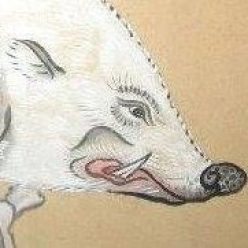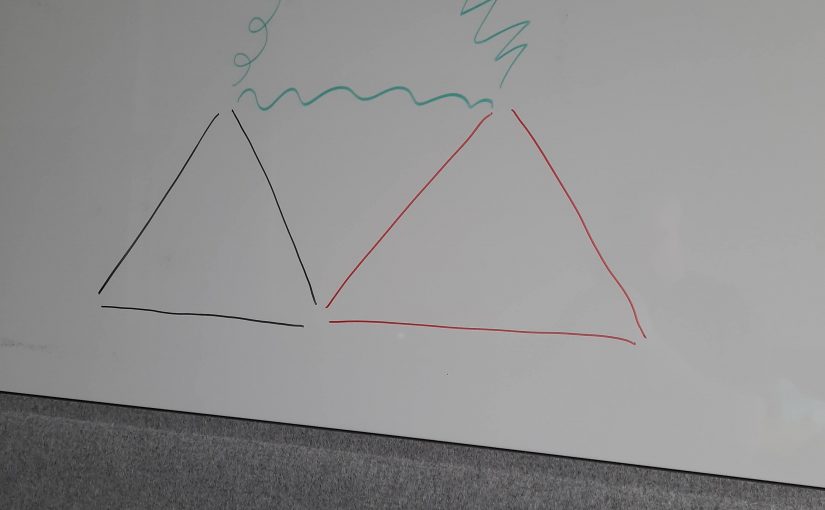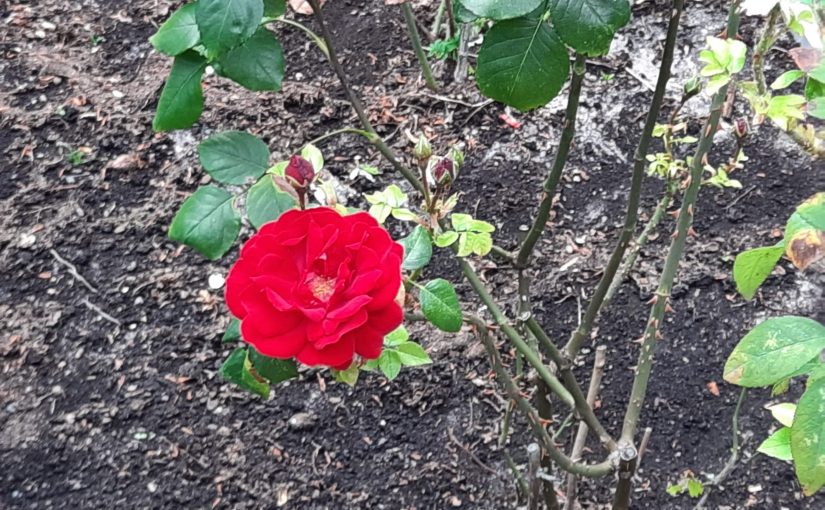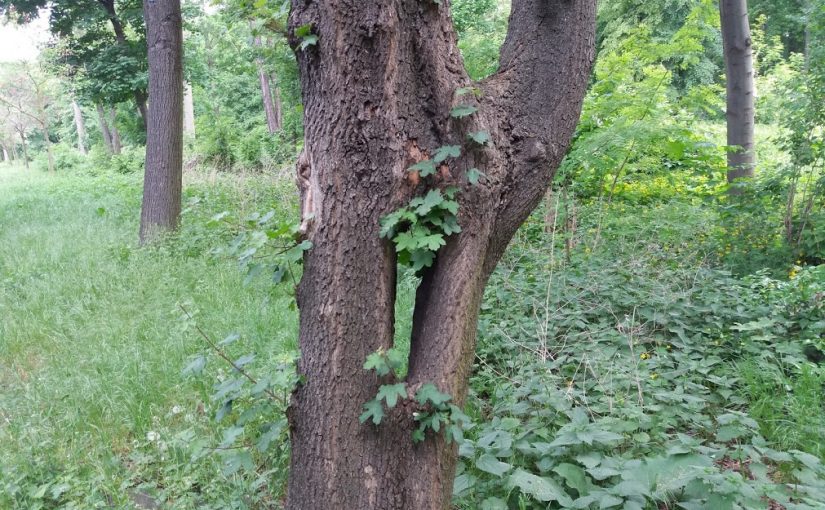Love… a four letter word that is difficult to describe. We ask ourselves since ages ago, what is love?
This question isn’t easy to answer. Because love is always different from person to person. It starts with affection and wishing someone well and it can develop into a madness and obsession driving someone crazy. Especially in romantic Love or Eros. But maybe this extreme forms aren’t really love. They are just poisens disguised as Love.
The old Greeks knew many kind of different forms of love. The best know would be Eros, Agape and Philia. Eros is the bodily form of love. The desire we have for our romantic partner and our wish to be together with them.
Philia is the platonic love between friends and family. It’s the form of love were we are going out of our way for friends and family because we share special bonds with them.
And then there is Agape, sometimes also called Caritas. The highest Form of love. Agape is that what God feels for us. And it is this pure form of love that is very difficult for Humans to archieve. Some Theologians would say that Humans since the original Sin are barely able to manifest this form of love, and every other kind of love is only a cheap try to imidate it. But in the end it is only positive descrimination. So when Jesus is telling his followers “Love thy neighbour like yourself”, that isn’t a nice sounding fortune cookie line. It is a brutal command to change your entire Being.
Well … but whatever right?
But maybe if shouldn’t look at love like a feeling. Maybe it is more of a process.
If you tell somebody: “I love you”, it means: I decide to suffer for you. I hope you are worth it.
Maybe that is the meaning of love. It’s taking suffering onto yourself for other people or because of other people. And enduring it, because it is worth it and it has meaning.
My father is a great Man in this regard. He is always there for his family. Since I can remember he always took care of me as best as he could. He also took care of his Lover and his Lovers Children raising them together. This was never easy. But he did it anyway. Because in his eyes it was the right thing to do. He is my Idol in this regard.
There is this Song that is well known. “What is love? Baby don’t hurt me, don’t hurt me, no more…”. So in the end it should be clear that there is no love without pain.
When you are together with another person it is easy to hurt them. We hurt each other even if we don’t intend to. One wrong Word, one sharp look can shatter our heart. If we are in love our Hearts become sugar glass for the the other person.
On the other Hand, sometimes love isn’t working out. And that’s okay too. Sometimes realizing that and to cut things of can be a sign of the love that was lost and of lingering affection and respect.
And people love anyway, even if there is pain. Because it is the pain that give love it’s value.
No Wonder then that the rose is the flower of love.





